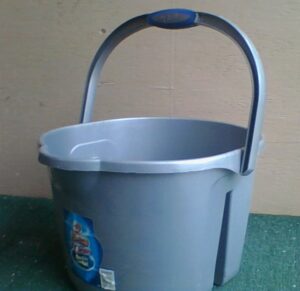Capacity and Constraints are manufacturing output terms; Capacity means how many are possible; Constraints limit output. Increase equipment, production, labor or facility capacity, by reducing equipment, production, labor or facility constraints. Use technology transfer. Apply constraints management, balance workloads to improve employee / labor, productivity. Utilize manufacturing cost control, productivity improvement, production layout.
Capacity
Capacity is the maximum amount possible, of… something. That something may be seats in a theater, grain in a silo, passengers in an airliner, gallons from a fountain. Hours in a day, a work day or a personal day.

Or, to the focus of this section, capacity may express the amount of widgets produced, service calls made, brick laid, pallets moved or stored, orders shipped, applications processed, lines of code written; all within a time frame. The term “Capacity” is sometimes used to refer to what is possible from a building, or process, or equipment, or workforce when the technically correct answer is that all of the components make a contribution.
Capacity is the sum of what your organization can create, given its resources, to meet sales, demand, and product mix changes.
Often it can’t react as quickly as you’d like, either up or down. You may have noticed that.
Constraints
The ability to produce a capacity is, sooner or later, limited by some constraint. Utilization is the relationship of how much product is built compared to how much is possible, practically.



Typically “constraints” brings into mind the production floor; low attainment, equipment downtime, unbalanced workloads, understaffed positions, equipment bottlenecks, maintenance, hiring difficulty.
Let’s not forget these, but consider also the business context of capacity.
1) Policy from the boardroom. Normal strategy can create a constraint, perhaps involving number and location of facilities and manufacturing space, new technology investment, equipment budget for installed capacity, headcount employed.
2) Decisions made in manufacturing management. Decisions may improve one condition, but at the expense of another. Production constraints can result from vendor sourcing that results in supply chain disruption; from line changeovers scheduled for real or perceived customer service, from preventive maintenance; from spare parts not from the stockroom any more but by Fed Ex, if the vendor has any available; from accurate and timely documentation and reporting to those who can take action.
3) Sometimes capacity planning didn’t forecast how popular your new products will be; rejoice in that shortfall while it’s all hands on deck to keep up.
4) Have your cake and eat it too? Maybe so; think it out, realign resources, change the assumptions, modify the limits; prioritize.
JPR has resolved many capacity issues, to identify and improve, and will be pleased to assist your operations. Since communication itself is often a constraint, rather than post just send an email directly to jack@jacksonproductivity.com.
